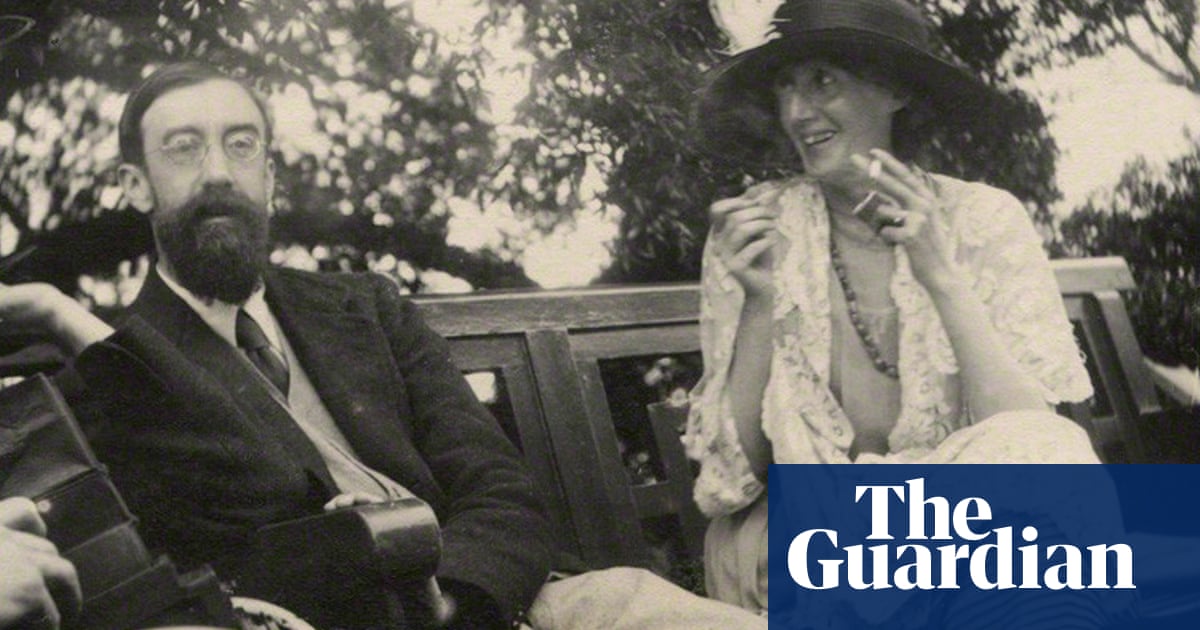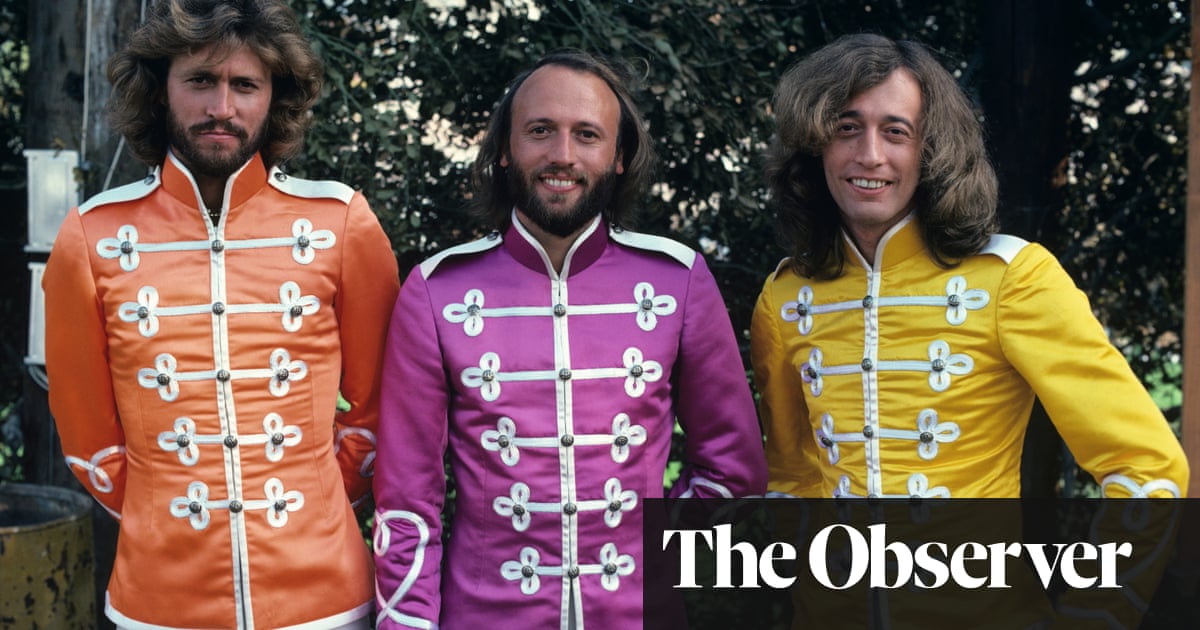
When the young Robert Zimmerman discovered folk music in the late 1950s, he was transfixed. It seemed weightier and more serious than anything he was hearing on the radio. Overnight, he shunned his old favourites Little Richard and Fats Domino for singers of songs that he considered to be deeper, sadder, more despairing and more triumphant than regular pop music. Having created a new persona and invented a wandering minstrel backstory he became a figurehead for the folk movement, a messianic singer. He then spent the next 50-odd years playing with, and gradually unpicking, this persona. Now in his 80s, Dylan wants to bring us closer than ever to his teenage self, the kid soaking up everything he heard on the radio in his bedroom, before he became the masked character with seemingly biblical powers.
The Philosophy of Modern Song features 66 short essays on songs Dylan loves, beautifully illustrated with shots of old American record shops, casinos, fairgrounds, movie theatres and record-pressing plants. Here he is, guard down, eulogising Frank Sinatra’s Strangers in the Night. It’s unlikely, but it’s wonderful.
When, at the height of his fame, Dylan started to show a little more of himself, revealing influences and personal favourites that didn’t chime with how his fanbase perceived him (covering Gordon Lightfoot’s Early Morning Rain on 1970’s knowingly titled Self Portrait, for example), some assumed he was being lazy, or even trying to get a rise out of the public. Maybe his music wasn’t the best way to peel back the layers of self-invention. Books might have presented an alternative route – but he hasn’t made use of it very often.
After the impenetrable prose poetry of Tarantula – written in the mid-1960s and published in 1971 – fans had to wait until 2004 for the autobiography Chronicles Volume One. Like Self Portrait, this was another playful, winking title (how many more volumes might there be? Answer: none). Still, it contained some beautiful writing on New York in the 1960s, though at least a third of it was taken up with the recording of 1989’s Oh Mercy, a great album but absolutely not what anyone expected or wanted to read about in depth.
Like Chronicles, The Philosophy of Modern Song zigzags in subject matter and style. You read about the Fugs’ song CIA Man, about how the band got their name from a Norman Mailer novel and how they should really have been called the Fucks, then turn the page and you are learning about crooner Vic Damone, his marriage to doomed actor Pier Angeli, and a number from My Fair Lady. The Philosophy of Modern Song has more in common with Dylan’s Theme Time Radio Hour, the satellite radio show he hosted from 2006 to 2009, than it does with his previous books.
Much of it reads like his DJ patter. Some of it could even be simple transcription: “The guy in the Platters, Tony Williams, is one of the greatest singers ever. Everybody talks about how Sam Cooke came out of gospel to go into the pop field. But there’s nobody that beats this guy.” Dylan writes glowingly of Tommy Edwards’ 1958 rock-a-ballad It’s All in the Game, the “layered counterpoint parts on the strings”, and the “communal voices filling in the gaps.” He is all about feel.
There are darker entries. Roy Orbison’s Blue Bayou takes you “back to happier times, where folks are lively and merry, where you can have a blast, make the most of things and clown around”. But that’s all in Orbison’s imagination. Like millions of others, the song’s protagonist had left this idyll for work in the big city, and Dylan can relate, having left Minnesota for New York at the turn of the 60s. “You found the Tower of Babel – you found skyscrapers of gibberish and double talk, superstructures and frameworks of hot air and bullshit.” There is anger and sorrow for what had been and what was destroyed, lost in the wind.
Not all the entries are straightforward or canonical. Rosemary Clooney’s harpsichord-led novelty Come On-a My House, from 1951, is seen by Dylan as “the song of seduction, the big come on” that will “sucker you in with desserts and multicoloured Easter eggs ... Are you tempted? You bet.” Turn the page and he suddenly hears it a completely different way – it’s the song of “the deviant, the paedophile, the mass murderer … a Little Red Riding Hood song”. Snobbish takes are so rare that they really stand out; as an aside in an essay about Elvis Costello, who went on to collaborate with Burt Bacharach, Dylan writes: “When you are writing songs with Burt Bacharach, you obviously don’t give a fuck what people think,” which is baffling. Much more often, he is winningly enthusiastic and all-encompassing in his taste. He raves about Perry Como’s Without a Song (“his performance is just downright incredible”). He sees Como as the ultimate anti-star – no booze, no drugs, no womanising, the unassuming “anti-flavor of the week” in every respect. And that appeals to Dylan; he sees an authenticity in Como’s blank persona – a man who just stood there and did nothing but sing like a nightingale – in the way many of Dylan’s followers might see authenticity in Johnny Cash or Nick Cave. He also considers his next entry, Jimmy Wages’ Take Me from This Garden of Evil, to be “the real deal”, with nothing cosmetic or plastic about it. A ferocious rockabilly howl against a world of lust, greed, cruelty and insanity, it couldn’t be further from Como’s world.
So Dylan, unsurprisingly, enjoys being a contrarian. He can have a little pop at George Gershwin’s classical pretensions, or Bobby Darin’s untamed ambition to be Sinatra and Buddy Holly rolled into one. He can make a convincing argument that it was lazy-voiced child star Ricky Nelson, more than Elvis Presley, who was the true ambassador of rock’n’roll, the one who introduced it to American television on a weekly basis and made it “part of the family”. Nelson had previously received props from Dylan – as being on a par with original rockers like Elvis and Gene Vincent, “right up in the stratosphere” – on Theme Time Radio Hour, so there is some continuity here, and I’m quite sure patterns will emerge for devoted Dylan observers. Other times, he revels in absolutes – of all the sad songs ever written, he reckons there is “none sadder” than Stephen Foster’s Nelly Was a Lady, a song from a time way before recorded sound, let alone rock’n’roll.
He also wants you to dig, wants you to work to get the most from the book. Who are the three characters on the cover? Everyone will recognise Little Richard, some will get Eddie Cochran, but the young woman with the guitar standing between them is a mystery to me. The book’s dedication reads “for Doc Pomus”, who he covers briefly when talking about the Drifters’ Save the Last Dance for Me. But Dylan knows most readers won’t recognise his name.
This would all seem like flat one-upmanship if Dylan weren’t such an engaging and lively host, prone to grumble occasionally, but more likely to make you laugh out loud. He’d had enough of being a symbol, the voice of the people, long ago – now he’s entirely comfortable and can have a lot of fun with it. The Philosophy of Modern Song compares Roger Daltrey singing My Generation to Norma Desmond raving against the modern world in Sunset Boulevard, and I’m never going to hear the song the same way again.












